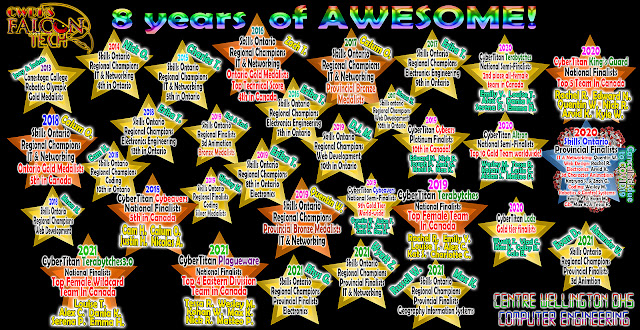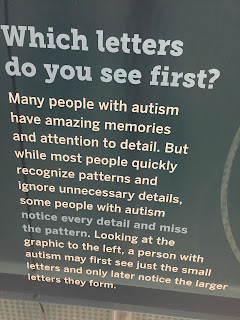A motorcycle wish list circa 2017:
Jon Campbell on Google+ shared updated colours on the Aerostich line of motorcycle clothing. I’ve always loved the look of Aerostich kit. Unfortunately, a Roadcrafter suit costs more than most of the motorcycles I’ve purchased.
One of these days I’ll get the coin together and spring for an Aerostich one piece suit. By all accounts it’ll be the last time I need to.
They have lots of custom options so I should be able to find a long in the body, regular inseam that fits me properly. With colour choices aplenty, making an original looking suit that fits is an ongoing pastime.
***
Keeping with the orange kit theme, I’m also wishing for a go with the updated Desmo RO32 transformable helmet. Quieter, more comfortable and more spacious, it’s my go-to Desmo helmet evolved. Short of buying one from overseas untried, I’m stuck. If we end up in France this summer, a trip to Roof might be in the cards through.
***
With the Tiger’s winter maintenance done, I’m hoping to return focus to the Concours ZG1000 Fury streetfighter I’ve got half finished.
On the to-do list is getting a rear light and indicators. I’d ordered them through Amazon but the dodgy Chinese company that makes them never evidently sent it, though they charged me for it. The Amazon marketplace seems to be increasingly filled with overseas companies that have a very slow delivery time, assuming they ship at all.
It’d be nice to get this running smoothly by the summer for some blistering solo rides where I finally get to find out what those new Michelin tires feel like. In a perfect world I’d enjoy the summer on it, ride it to the Distinguished Gentleman’s Ride in Toronto next September where someone offers to buy it for what it cost me to make it. I could then role that over into next winter’s project.
***
A couple of road trips this summer would be nice. I’ve had a trip around Lake Superior in mind for a while now. It’s about 2000kms around from Manitoulin Island and back again, and another couple of hundred kilometres and a ferry ride home.
Launching from Little Current at the north end of Manitoulin, I’d go the Ontario side first just to avoid the misery that is the border crossing into Michigan at The Sault. After sitting at that for almost two hours last year, I’ll go backwards around Superior just to avoid it. Doing 350km/days on average, we’d get around Superior in about six days. If we wanted a day off, we could push for a couple of days to get a day of rest. A day up to Manitoulin and a day back at the end means eight days on the road.
A trip down the Appalachians to see the full solar eclipse this summer is also on the short list. Doing this one for ten days means we’d have a couple of days to explore areas on the way down and on the way back instead of making miles every day.
From just over the border in New York state all the way down to Tennessee, this is motorcycle nirvana with mile after mile of twisting mountain roads.
***
Racer5 is running their introduction to track riding again this year. A May long weekend getting familiar with the racing dynamics of a motorcycle would be pretty wicked. By the end of the course I’d be qualified to race. The next step would be getting myself into the VRRA for some vintage racing.
***
I never get bored of imagining throwing a few grand down on some motorcycle racing gear. My two pairs of Alpinestar boots have been excellent, so I’d probably base a lot of the racing gear on what they offer. I’d read reviews of the Handroid Knox racing gloves and they sound totally next level. An Arai helmet has always been a long term, top end motorcycle helmet wishlist item, and they have a nice Isle of Man special out this year.
***
A track-day specialist bike would also be nice to have tucked away, only to be trailered to the track for hard work. This ’99 CBR600 F4 is well cared for and going for about three grand. I’d strip it down to bare essentials and put a carbon single seat cowling on the back. After wearing out the tires on it, I’d go to racing tires and continue to evolve the bike into a track specialist.
***
Guy Martin did a race in his Ford Transit van last year where he averaged well over 100mph for an extended length of time. I wouldn’t spend much time in one the other side of 100mph, but having a van would sure be handy. From transporting my own bikes out of the snow for a cheap ride in the winter, to taking the race bike to the track, having a bike transport system would be mega. With taxes, a new one nicely spec-ed out is just north of fifty thousand of your finest Canadian dollars.
***
Some top shelf gear, getting race ready and having the custom Kawasaki on the road… if I came into cash in 2017, that’s what I’d be spending it on.
from Blogger http://ift.tt/2ld7dLE
via IFTTT










